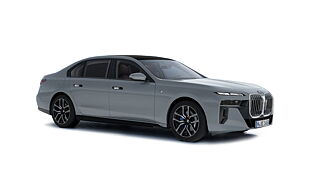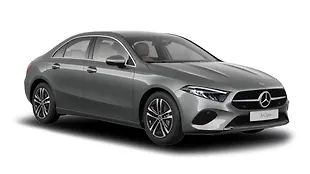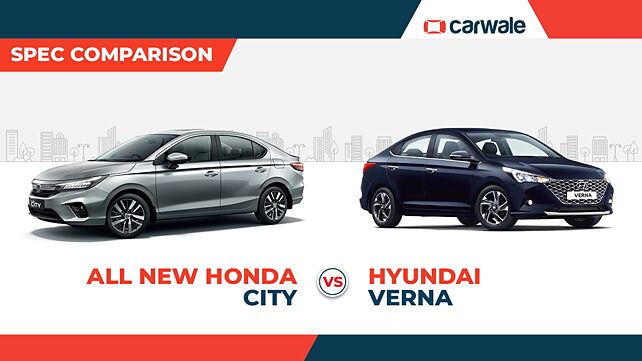
Back in March Hyundai had revealed prices for the Verna facelift, while the sedan was officially launched in India on 20 May. Over the years, the Hyundai Verna has emerged as a popular name in the mid-size sedan segment and competes against the likes of Honda City and the Maruti Suzuki Ciaz in India. The Japanese car manufacturer, Honda will further strengthen the competition in the segment with the All-New City which is due for launch in India in July 2020. Read below to learn more about the key differences between the two popular names in the mid-sized sedan segment.
Exterior
Honda’s All-New City is the fifth-generation model that borrows design cues from the Honda Civic and the Accord. The new City features bold chrome grille that blends with the full LED headlamps. For the first time in the segment, the headlamps get nine LED array inline shell, integrated LED DRL and L-shaped LED turn signal. In profile, the All-New City features a coupe-like silhouette with a prominent character line. At the rear, it gets Z-shaped 3D wrap-around LED tail lamps with uniform edge light and LED side marker lamps.
The recently launched Verna facelift is based on the new ‘Sensuous Sportiness’ design ethos. The sedan features a new bumper with a wide chrome mesh grille and round foglamps in triangular housing. Additionally, it gets a wide airdam in the lower section of the bumper which is complemented by sleek and sporty headlamps. The S/S+ variant gets halogen headlamps, while the SX variant comes with projector headlamps. Full LED headlamps are available only in the SX(O) and SX (O) Turbo variants. The base trim rides on steel wheels while the SX variant gets R16 grey alloys. The top spec variants get R16 diamond cut alloy wheels.
Interior
The All-New City features dual tone black and beige interior with a soft pad dashboard. The sedan gets an eight-inch touchscreen infotainment system and leather upholstery with a contemporary seat design. Interestingly, the new-generation Honda City also gets a seven-inch HD full colour TFT meter with driver information interface.
As for the Hyundai Verna, the premium dual tone beige and black interior is standard in the 1.5-litre engine variants, while the 1.0-litre turbo variant gets black interior with red accents. Features like front/rear power windows and rear AC vents is standard across all variants.
Engine
At the time of launch, the All-New City will be available in petrol and diesel engine option. The 1.5-litre i-VTEC DOHC petrol engine produces 119bhp and 145Nm of torque. This engine comes mated to a six-speed manual transmission and CVT option. The manual version returns a fuel efficiency of 17.8kmpl, while the CVT version has a fuel efficiency of 18.4kmpl. The diesel version is powered by a 1.5-litre i-DTEC engine that generates 98bhp and 200Nm of torque. The diesel version gets a six-speed manual transmission that returns a fuel efficiency of 24.1kmpl.
The (1,497cc) 1.5-litre, four-cylinder petrol engine in the Hyundai Verna produces 113bhp at 6,300rpm and 144Nm of torque at 4500rpm. This engine is available in six-speed manual and IVT options. The (1,493cc) 1.5-litre, four-cylinder engine generates 113bhp at 4000rpm and 250Nm of torque at 1500rpm. The diesel engine is available in six-speed manual and automatic options. The (998cc) 1.0-litre turbo petrol engine option produces 118bhp at 6000rpm and 172Nm of torque at 1,500rpm. The 1.0-litre turbo engine is mated to a seven-speed DCT transmission.
Conclusion
Honda will launch the All-New City in July. The new City offers several segment first features, while the Verna has three-engine options to choose from. As both the cars are loaded with adequate set of features, the pricing for the All-New City will be the key factor in determining sales for the new model in India.

![Honda All New City [2020-2023] Image Honda All New City [2020-2023] Image](https://imgd.aeplcdn.com/272x153/n/cw/ec/40535/all-new-city-exterior-right-front-three-quarter.jpeg?q=80)
![Hyundai Verna [2020-2023] Image Hyundai Verna [2020-2023] Image](https://imgd.aeplcdn.com/272x153/n/cw/ec/41197/hyundai-verna-right-front-three-quarter7.jpeg?q=80)
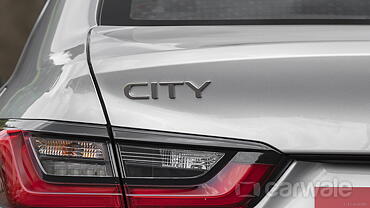

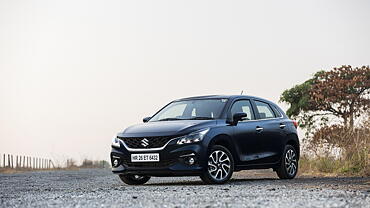
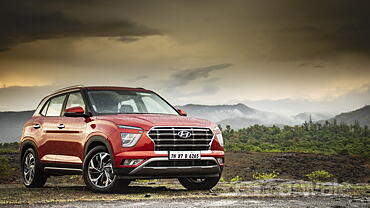



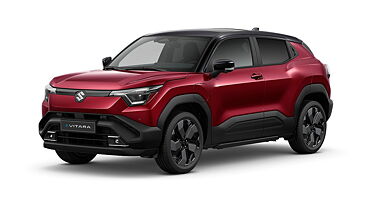


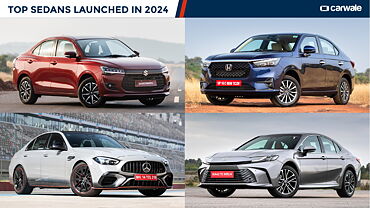
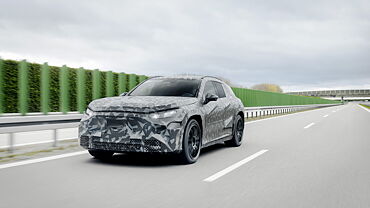

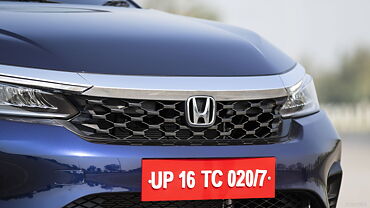

![Honda All New City [2020-2023] Right Front Three Quarter Honda All New City [2020-2023] Right Front Three Quarter](https://imgd.aeplcdn.com/199x112/n/cw/ec/40535/all-new-city-exterior-right-front-three-quarter.jpeg?q=80)
![Honda All New City [2020-2023] Right Front Three Quarter Honda All New City [2020-2023] Right Front Three Quarter](https://imgd.aeplcdn.com/199x112/n/cw/ec/40535/city-exterior-right-front-three-quarter-2.jpeg?q=80)
![Honda All New City [2020-2023] Right Side View Honda All New City [2020-2023] Right Side View](https://imgd.aeplcdn.com/199x112/n/cw/ec/40535/city-exterior-right-side-view.jpeg?q=80)
![Honda All New City [2020-2023] Steering Wheel Honda All New City [2020-2023] Steering Wheel](https://imgd.aeplcdn.com/199x112/n/cw/ec/40535/city-interior-steering-wheel.jpeg?q=80)
![Honda All New City [2020-2023] Instrument Cluster Honda All New City [2020-2023] Instrument Cluster](https://imgd.aeplcdn.com/468x263/n/cw/ec/40535/city-interior-instrument-cluster.jpeg?q=80)








